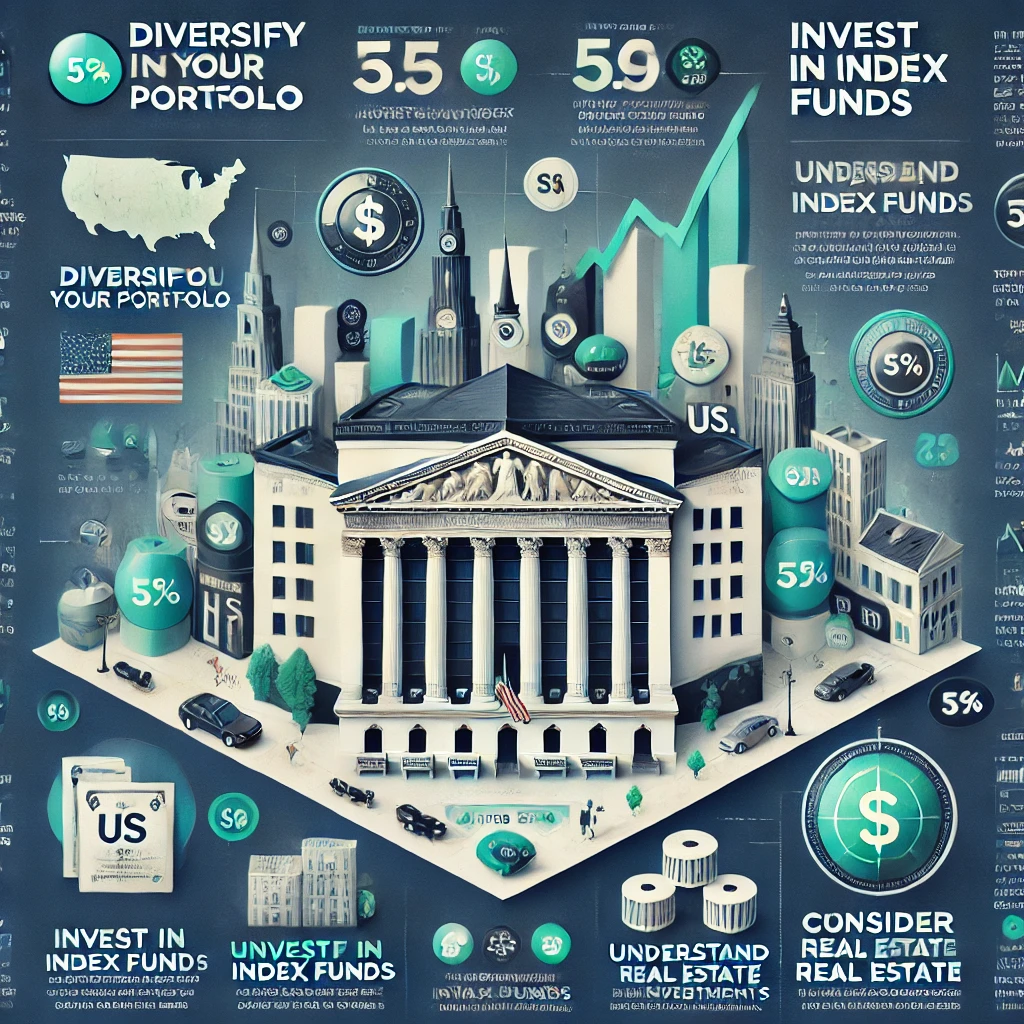Best Short-Term Low-Risk Investments in the United States
When it comes to investing, one of the most common questions is, “What are the best short-term investments with low risk?” In today’s financial landscape, investors are constantly seeking safe, reliable ways to grow their money without taking on too much risk. If you’re looking to invest in the United States and want to avoid large fluctuations in your portfolio, you’re in the right place. In this article, we’ll explore the top short-term, low-risk investment options available right now.
What Are Short-Term Investments?
Short-term investments are assets that are typically held for a period of less than three years. These investments are ideal for individuals who want to earn returns on their money without locking it away for decades. Investors choose short-term investments to maintain liquidity while avoiding the volatility that often comes with long-term stock market investments. The key goal of short-term investments is to preserve capital and earn interest or dividends with minimal risk.
Understanding Low-Risk Investments
Low-risk investments are those that have a low chance of losing the principal amount invested. They are typically stable and predictable, making them ideal for conservative investors or anyone who needs access to their money quickly without the fear of losing it. While low-risk investments often offer lower returns than more volatile options like stocks, they provide the peace of mind that comes with reduced exposure to market fluctuations.
Top Low-Risk Short-Term Investment Options in the U.S.
If you’re in the market for safe, short-term investments, here are some of the best options to consider:
1. High-Yield Savings Accounts
One of the safest ways to invest your money in the short term is through a high-yield savings account. Unlike traditional savings accounts, these accounts offer a higher interest rate, allowing you to earn more on your balance. While the returns are modest, high-yield savings accounts are virtually risk-free as they are insured by the FDIC (Federal Deposit Insurance Corporation) up to $250,000 per depositor, per insured bank. This makes them an excellent choice for those who need a secure place to park their funds temporarily.
2. Certificates of Deposit (CDs)
Certificates of Deposit (CDs) are another popular low-risk short-term investment. A CD is a time deposit offered by banks that pays a fixed interest rate over a specific period of time. Typically, the longer the term of the CD, the higher the interest rate. However, for short-term investments, you can choose a CD with a maturity of just a few months to a year. The main advantage of a CD is that it offers a guaranteed return, with virtually no risk involved as long as you leave the money in the account until maturity.
It’s important to note that there are early withdrawal penalties if you access your funds before the CD term ends, so make sure you don’t need the money until the maturity date.
3. Treasury Securities
Treasury securities, including Treasury bills (T-bills), Treasury notes (T-notes), and Treasury bonds (T-bonds), are backed by the U.S. government, making them one of the safest investment options available. Treasury bills, in particular, are short-term securities with maturities ranging from a few weeks to a year. These government-backed securities are considered low-risk because they are backed by the full faith and credit of the U.S. government. T-bills are sold at a discount to face value, and you earn the difference as your return.
4. Money Market Accounts
Money market accounts (MMAs) are another safe option for short-term investors. These accounts are similar to high-yield savings accounts but tend to offer slightly higher interest rates. MMAs are also FDIC-insured, which adds an extra layer of protection. The key advantage of money market accounts is their flexibility—they typically offer easy access to your money while still providing higher returns than a traditional savings account. However, the interest rates may vary depending on the financial institution.
5. Short-Term Municipal Bonds
If you’re looking for a low-risk investment with the potential for higher returns than savings accounts or CDs, short-term municipal bonds might be a good fit. These bonds are issued by state or local governments to fund various public projects. Short-term municipal bonds have maturities of one to three years, and they offer a fixed interest rate. One major advantage of municipal bonds is that the interest earned is often exempt from federal income tax, and in some cases, state and local taxes as well.
While municipal bonds are generally safe, it’s important to research the creditworthiness of the issuing municipality before investing. Bonds from well-established cities or states are less likely to default compared to smaller municipalities with weaker financial standing.
6. Peer-to-Peer Lending
Peer-to-peer (P2P) lending platforms connect borrowers with investors, allowing you to lend money to individuals or small businesses in exchange for interest payments. While P2P lending can offer higher returns than other low-risk options, it also carries more risk, as borrowers may default on their loans. However, by investing in lower-risk loans with good credit ratings, you can reduce the potential for loss. Platforms like LendingClub and Prosper allow you to diversify your portfolio by investing in multiple loans, spreading the risk across different borrowers.
How to Choose the Best Low-Risk Investment for You
Choosing the right short-term, low-risk investment depends on your financial goals, risk tolerance, and time horizon. Here are a few factors to consider when making your decision:
- Liquidity: How quickly do you need access to your money? Some investments, like CDs, lock up your money for a set period of time, while others, like high-yield savings accounts, allow for more immediate access.
- Interest Rates: Compare the interest rates or returns offered by different investment options to find the one that best fits your financial needs.
- Risk Tolerance: Assess how much risk you’re willing to take. While options like Treasury securities and high-yield savings accounts are very low-risk, investments like peer-to-peer lending carry more risk but may offer higher returns.
- Tax Considerations: Keep in mind the tax implications of your investments. Some options, like municipal bonds, may offer tax-free interest, which can be advantageous depending on your tax bracket.
Conclusion
When it comes to short-term, low-risk investments in the U.S., there are several solid options available. Whether you choose a high-yield savings account, a certificate of deposit, or government-backed Treasury securities, the key is to balance your need for safety with your desire for returns. By understanding the various investment vehicles and considering your individual financial needs, you can make informed decisions that will help you preserve your capital while earning a modest return.
Remember, while no investment is entirely without risk, short-term low-risk options can provide a safe and reliable way to grow your money without exposing you to the volatility of the stock market.

